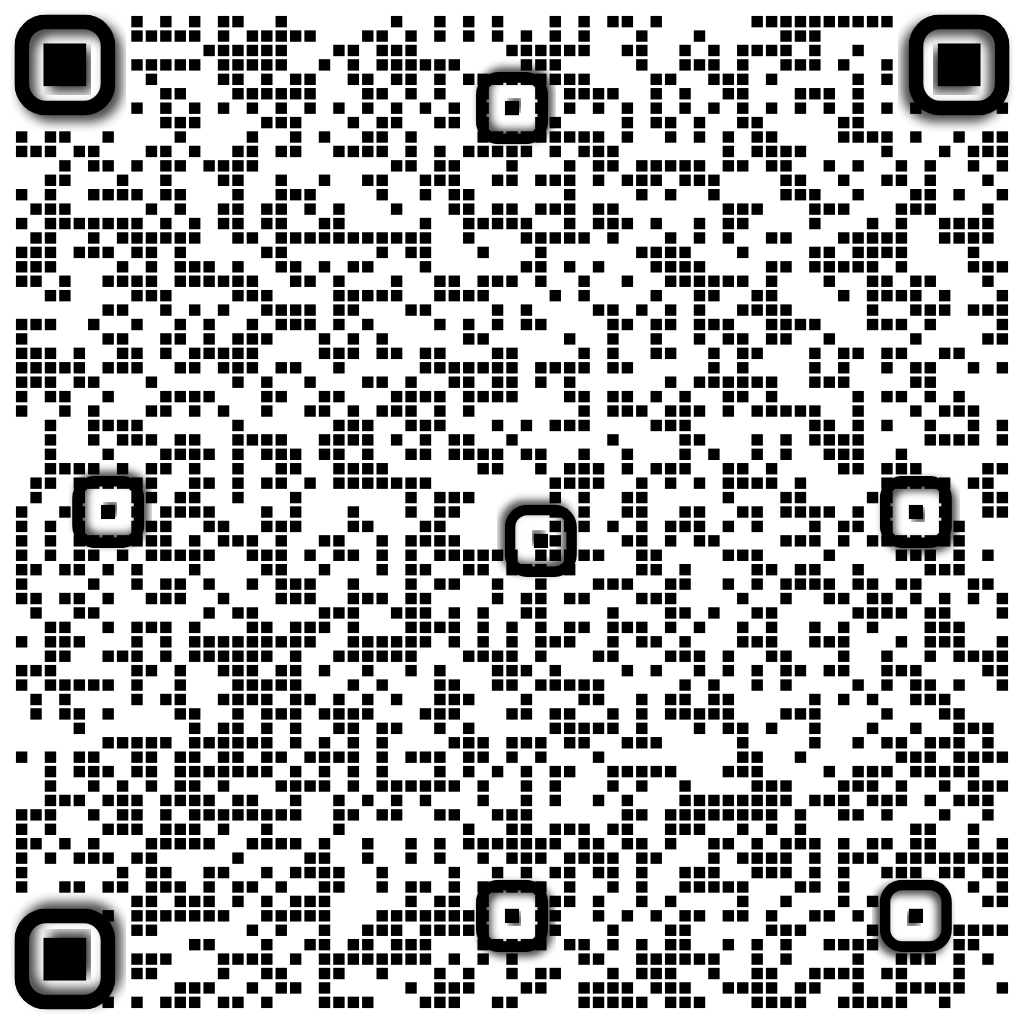CHKDSK Utility
What is CHKDSK?
CHKDSK (check disk) is a system tool or utility on Windows operating systems that scans your hard drive for file system errors. Running the CHKDSK utility helps check and repair hard drive errors and keeps your system data organized — it’s part of good computer hygiene.
Generally, CHKDSK is run via Command Prompt in Windows 10 (or Windows 8 and 7). Using unique commands like chkdsk /f or chkdsk /r, you can scan your Windows file system — NTFS (New Technology File System) on Windows XP or later — to pinpoint data errors on your drive and fix them.
Running CHKDSK may not directly speed up your PC, but it can free up space — which often has the same effect. Even if you’ve already swapped your PC’s storage system with a faster SSD (solid-state drive), scanning it with CHKDSK can keep it clean and working fast.
When should I use CHKDSK?
Use CHKDSK regularly to scan your hard drive for corrupted files, help repair and clean up your PC, and maintain its health. CHKDSK can scan for bad sectors — ruined parts of your hard drive — even when your PC won’t turn on. That helps you find and fix hard drive errors, and frees up disk space as well.
If your PC feels buggy or slow, it could also be a sign that your hard drive is filling up or failing. Run a hard-drive test to rule out hard-drive failure before you run CHKDSK, and consider cleaning up your PC to get closer to the ideal amount of free hard drive space, which is 15-20%.
Because a CHKDSK scan can take time and manual effort, installing a PC optimizer tool may be a better option. Avast Cleanup removes junk files from your PC, increases its startup speed, and maintains hard disk space to help your computer run smoothly all the time.
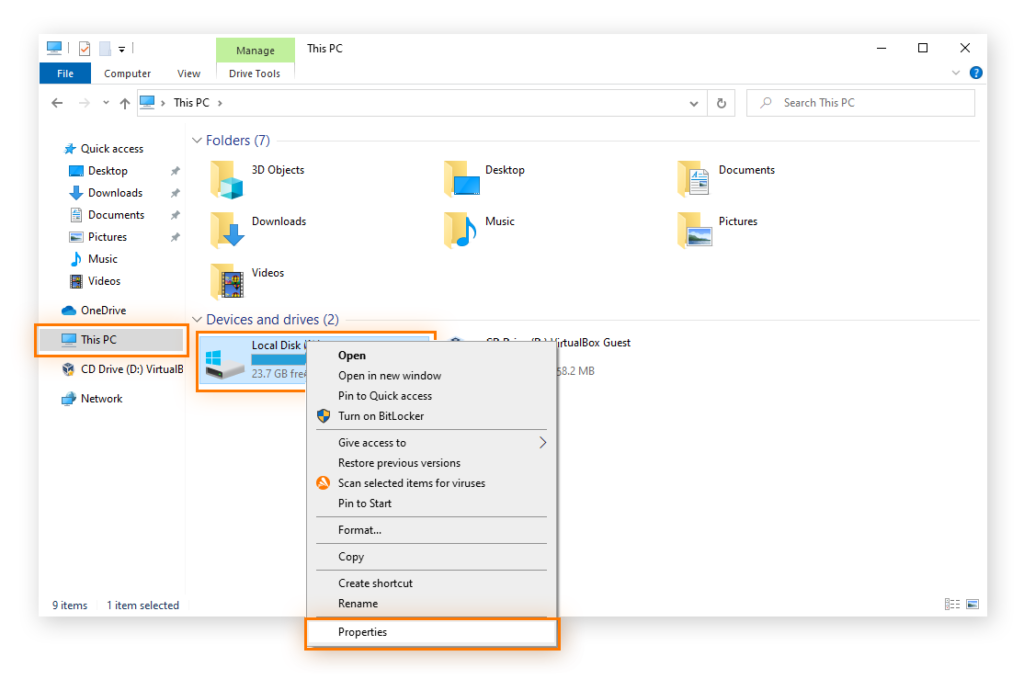
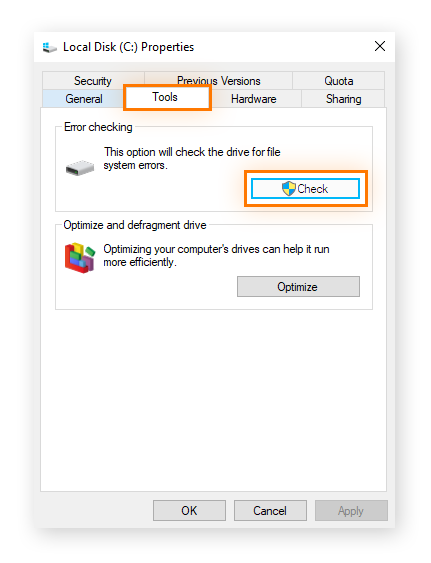
Run CHKDSK from Command Prompt
You can run CHKDSK from the Command Prompt. Follow these instructions for entering the CHKDSK command and its unique parameters to tell your Windows operating system exactly what to do and where.
Here’s how to run CHKDSK from Command Prompt on Windows:
- Type cmd (Command Prompt) in the Start menu search bar, then click Run as administrator.
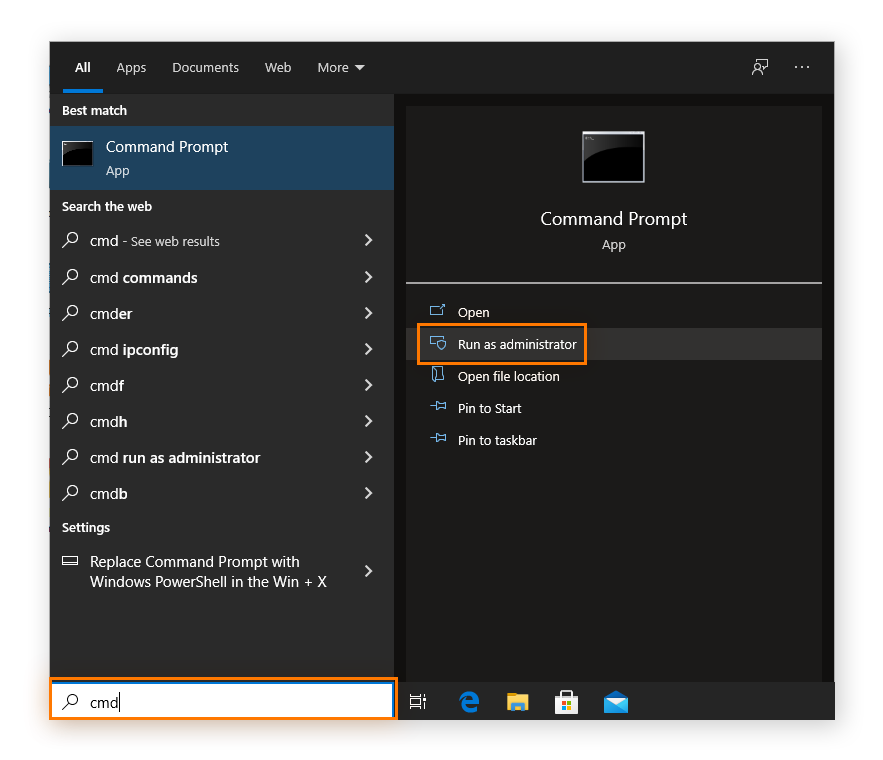
- Type chkdsk and hit Enter. CHKDSK will scan for drive errors and let you know if it found any you should repair, but it won’t try to fix them without a command.
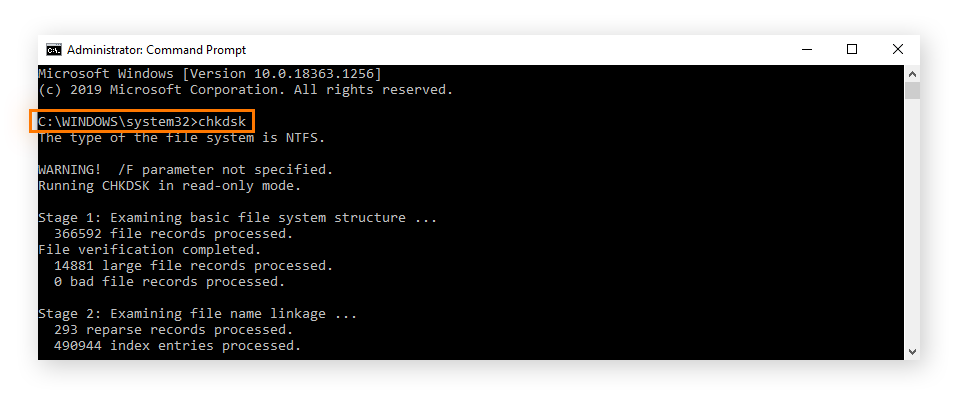
Keep reading to learn about specific CHKDSK commands and how to use them to fix errors found during a CHKDSK scan.
CHKDSK Commands
There are different CHKDSK commands or parameters you can use to locate and repair issues on your hard drive. After running the basic CHKDSK command, you may not need to use additional commands if the results state that no repairs are required.
Otherwise, here’s an overview of CHKDSK commands and their functions:
| Command | Function |
| chkdsk | Checks your hard drive for errors. This command does not attempt to fix them. |
| chkdsk [drive letter]: | Specifies which drive (internal or external) or drive partition to scan. Replace [drive letter] with the drive you want to scan — for example, chkdsk C: scans your C drive. |
| chkdsk /f | Attempts to fix errors while scanning your hard drive’s file system. |
| chkdsk /r | Attempts to repair sectors on your hard drive so that they’re readable within the file system. This command also runs the chkdsk /f functionality, which is a deeper check. |
| chkdsk /f /r | Does the same thing as chkdsk /r. So running chkdsk /f /r isn’t necessary. |
| chkdsk /x | Disconnects a drive so it can be scanned and repaired. This command also runs the chkdsk /f functionality. |
| chkdsk /f /r /x | Scans the file system, its sectors, and fixes any errors it finds with the same command. If necessary, it also disconnects the drive first. |
| /scan | Runs an online scan of the hard drive (both internal and external), which means you can continue using the drive while the scan is in progress. |
CHKDSK Troubleshooting
Here are some common errors that may occur when running a CHKDSK scan.
Windows found errors on this drive that need to be repaired
Sometimes after running the basic CHKDSK command in Command Prompt, or scanning with the Error Checking utility, you’ll be prompted to Repair this drive. That doesn’t mean CHKDSK failed. Instead, it indicates that CHKDSK found errors, but did not try to fix them.
Here’s how to repair the drive:
- Close the Error Checking dialog.
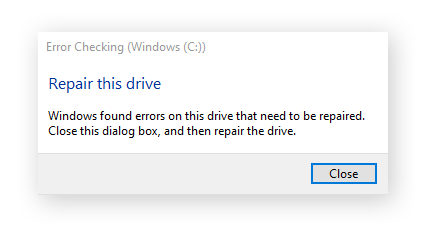
- Open the Command Prompt by typing cmd into the desktop search field and selecting Run as administrator.
- Type the command chkdsk C: /f. If the drive you’re trying to repair isn’t the C drive, replace “C” with the letter of the relevant drive.
Drive is currently in use or in read-only mode
If you see an error message saying your drive is currently in use or in read-only mode, it means that the drive you’re trying to scan is currently active and CHKDSK can’t fix it while it’s in use.
Here’s how to check if any programs are open using the Task Manager.
- Press the Ctrl + Shift + Esc buttons on your keyboard simultaneously.
- Choose an open app or process running on the drive that you want to scan. Then click End task to force the program to quit.

While your Task Manager is open, you should also check your disk usage percentage, which is shown in the Disk column. This number should remain under 20%. If you consistently find it hovering close to 100%, you need to identify the disk usage issue and fix it.
If you find yourself in a constant battle against error messages, 100% disk percentage, and a slow-performing PC, you may want to upgrade from an HDD to an SSD.
